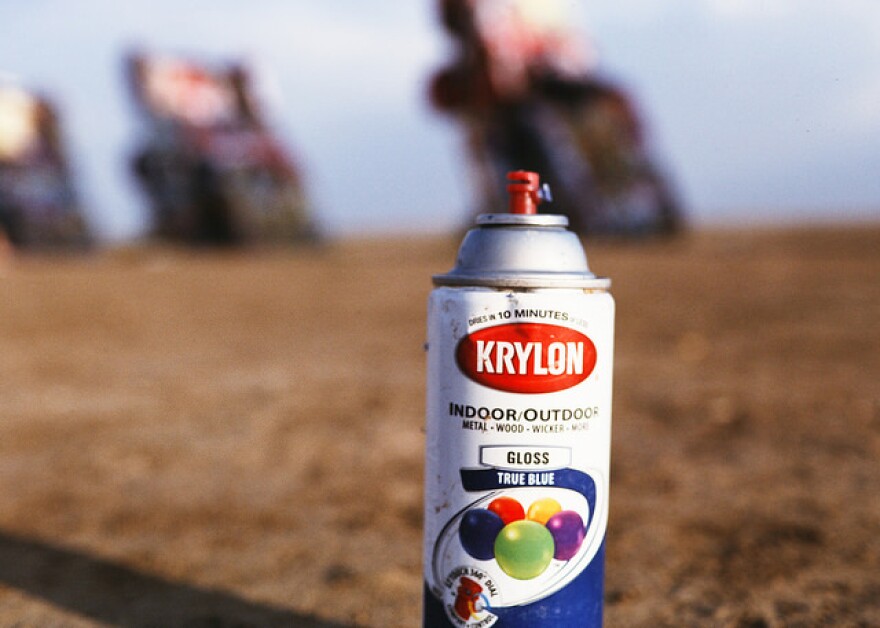In the late 1940s, a Midwestern salesman named Edward Seymour was looking for a better way to demonstrate his line of aluminum radiator paint to prospective buyers. Seymour and his wife hit upon the idea of combining the paint with a can of propellant, so they could spray the paint quickly onto a radiator’s surface and not have to spend the time using more tedious methods.
The idea of putting a propellant and something else into a can wasn’t new. Bug bombs specifically targeting malaria-infected mosquitoes were used in the Pacific during World War II.
But when Seymour combined the propellant and the paint, he also unwittingly unleashed a revolution. Painting was now cheap, easy and quick, and it was just a matter of time before the spray can became the go-to tool for vandals.
In the early days of modern graffiti, writers went with what spray paint was available: mainly Rust-O-leum and Krylon. You can still find these brands in the hardware store, but these days, the discriminating aerosol artist has a wider range of paint to choose from. Dozens of brands offer colors that appeal to street palettes: Pigeon Blue, Tornado Red, P. Jay Green and Evil Olive are just a few of the hundreds of hip hues available.
And even both the cans and the caps have evolved beyond a one-size-fits-all. Caps now come in gauges, similar to paint brush sizes. Even the pressure of the propellant has been modified, for better dispersal of paint.
This is not an industry that’s just coasting along. And as a result, it’s an industry that has to engage in a certain amount of linguistic shenanigans in order to appeal to its consumers and stay on the proper side of the law. It’s a tricky business for a company to say it doesn’t condone graffiti while at the same time selling magnets that stop your spray can from making too much noise.
And as graffiti continues to migrate from alley to gallery, we’re likely to see more development in spray can technology. After all, legitimizing graffiti might not be good for the movement, but it’s certainly good for the pocketbook.



